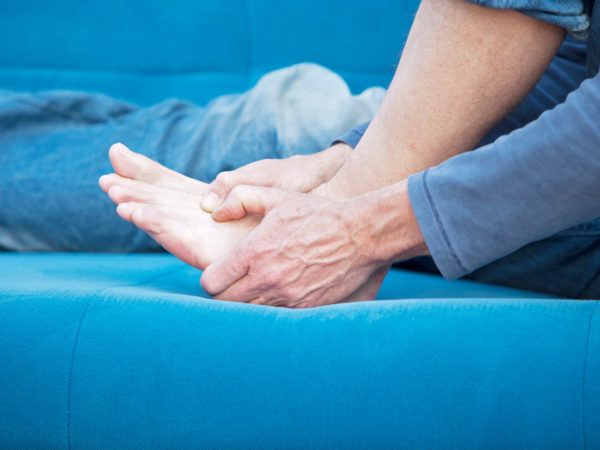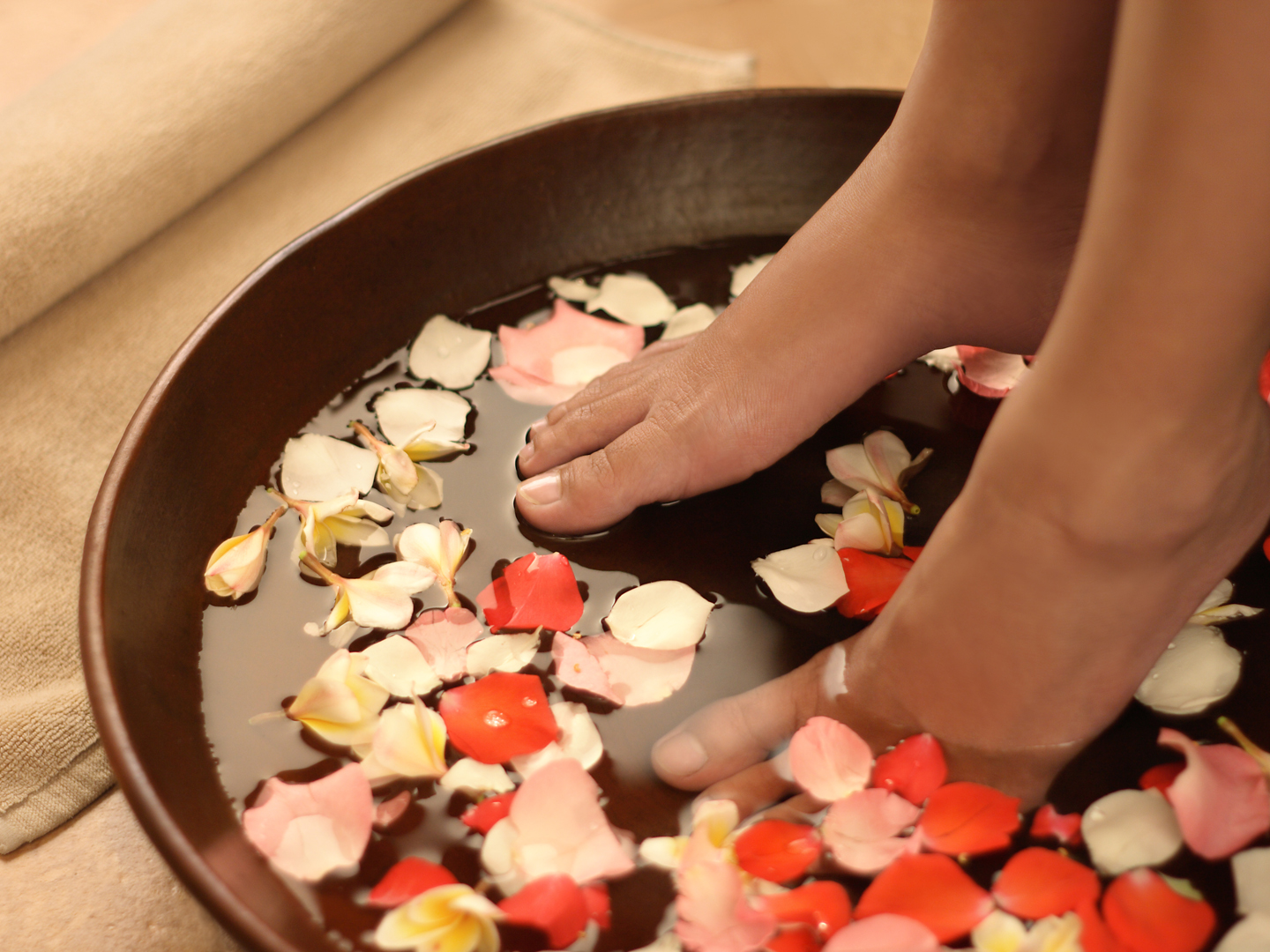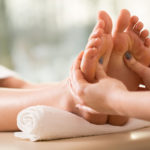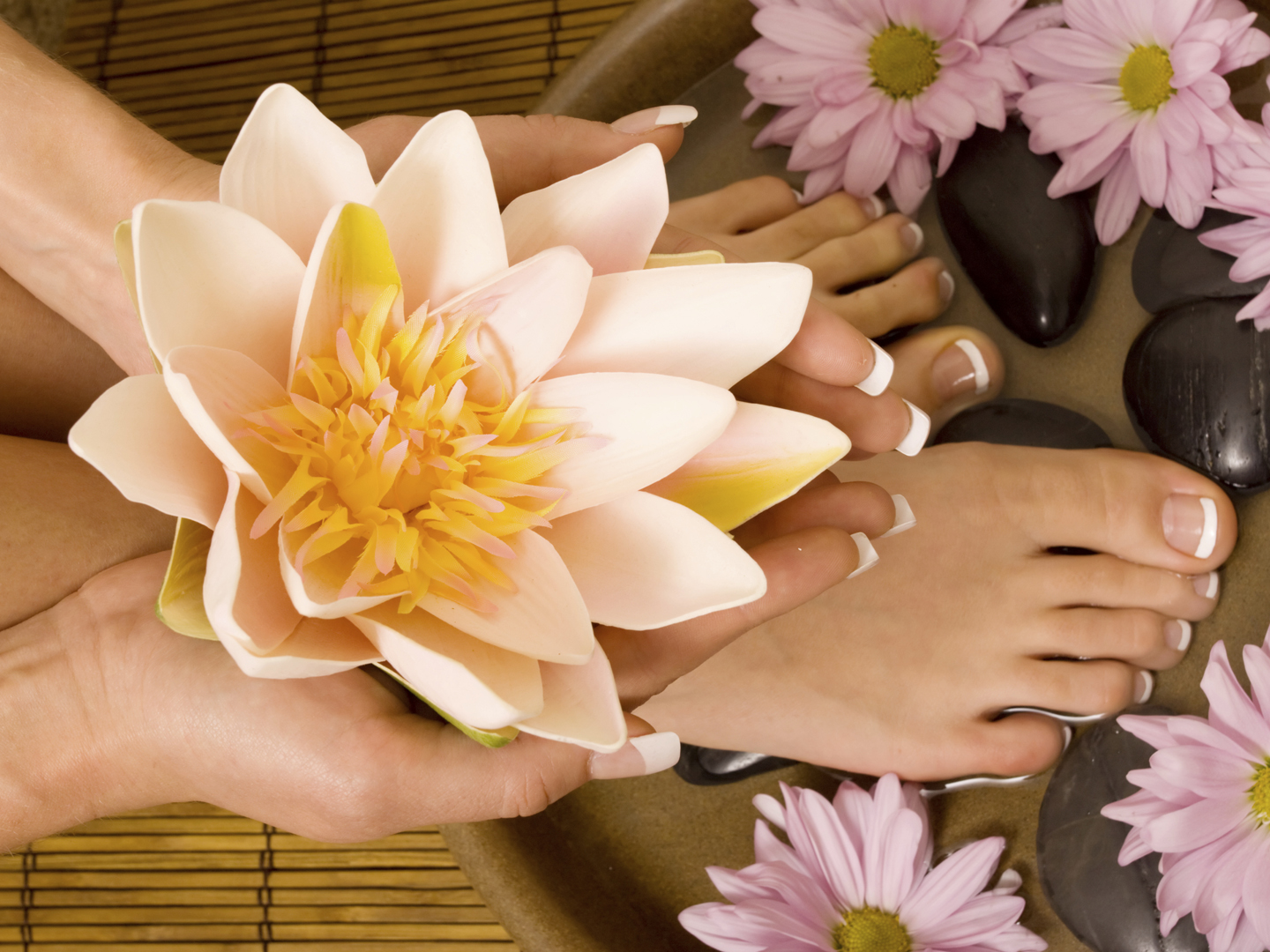Charcot-Marie-Tooth: Weak Feet and Legs?
What can you tell me about Charcot-Marie-Tooth disease? What is the cause and what treatment would you recommend?
Andrew Weil, M.D. | September 16, 2016

Originally published March 2008, updated September 2016.
Charcot-Marie-Tooth (CMT) disease, named for the three physicians who identified it in 1886, is an inherited neurological disorder that affects the nerves serving the muscles in the arms and legs. It affects approximately 1 in 2,500 people in the United States and some 2.8 million people worldwide. Early symptoms include weakness of the foot and lower leg muscles, which can cause foot drop and a change in gait leading to frequent tripping or falls. Weakness of the small muscles in the feet often results in high arches and hammertoes (the middle joint of a toe bends upwards). Over time, loss of muscle bulk can change the appearance of the lower legs, giving them an “inverted champagne bottle” look. Eventually, the disease can affect the hands, leading to weakness and muscle atrophy and impairment of fine motor skills. CMT also causes pain that can range from mild to severe. CMT usually worsens slowly with age, but the severity of symptoms varies from patient to patient. It is not life threatening.
The usual cause of CMT is genetic mutations passed from parent to child. Different mutations give rise to variants of this disease. In some forms of CMT, inheriting only one copy of a mutated gene is enough to cause it; in others, you have to inherit abnormalities from both parents. In many cases, genetic testing and counseling can reveal whether patients with CMT can pass it on to their children.
Although there’s no cure, physical and occupational therapy can help strengthen and stretch muscles and increase stamina. Muscle strengthening may slow or reduce muscle atrophy if it is begun early in treatment before nerve degeneration and muscle weakness lead to disability. Stretching muscles may also prevent or reduce joint deformities due to uneven muscle pull on bones, and exercises to build stamina can help prevent fatigue resulting from everyday activities that require strength and mobility.
Biking and swimming, rather than walking or jogging, are recommended for cardiovascular fitness and general health in order to minimize trauma to weak muscles and joints. Ankle braces and other orthopedic devices can help provide support and stability. Some patients opt for surgery to reverse foot and joint deformities.
I would recommend lion’s mane mushroom (Hericium erinaceus) extracts for patients with CMT. This medicinal and culinary mushroom from Asia has a beneficial effect on nerve growth and function. I also suggest consulting a practitioner of traditional Chinese medicine and trying the Feldenkrais Method, a type of bodywork aimed at increasing ease and range of motion, improving flexibility and coordination. It also can help improve balance and coordination.
Andrew Weil, M.D.










